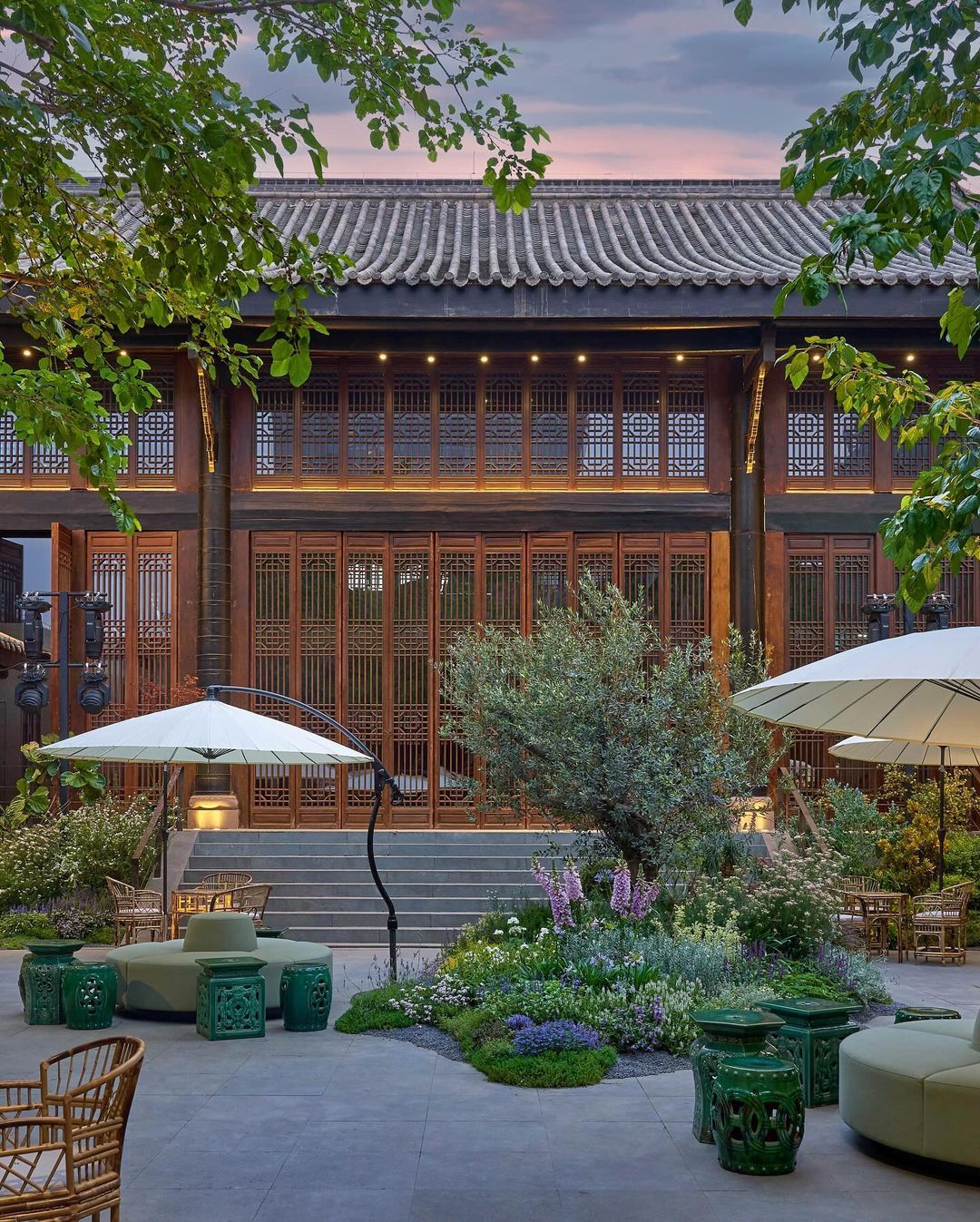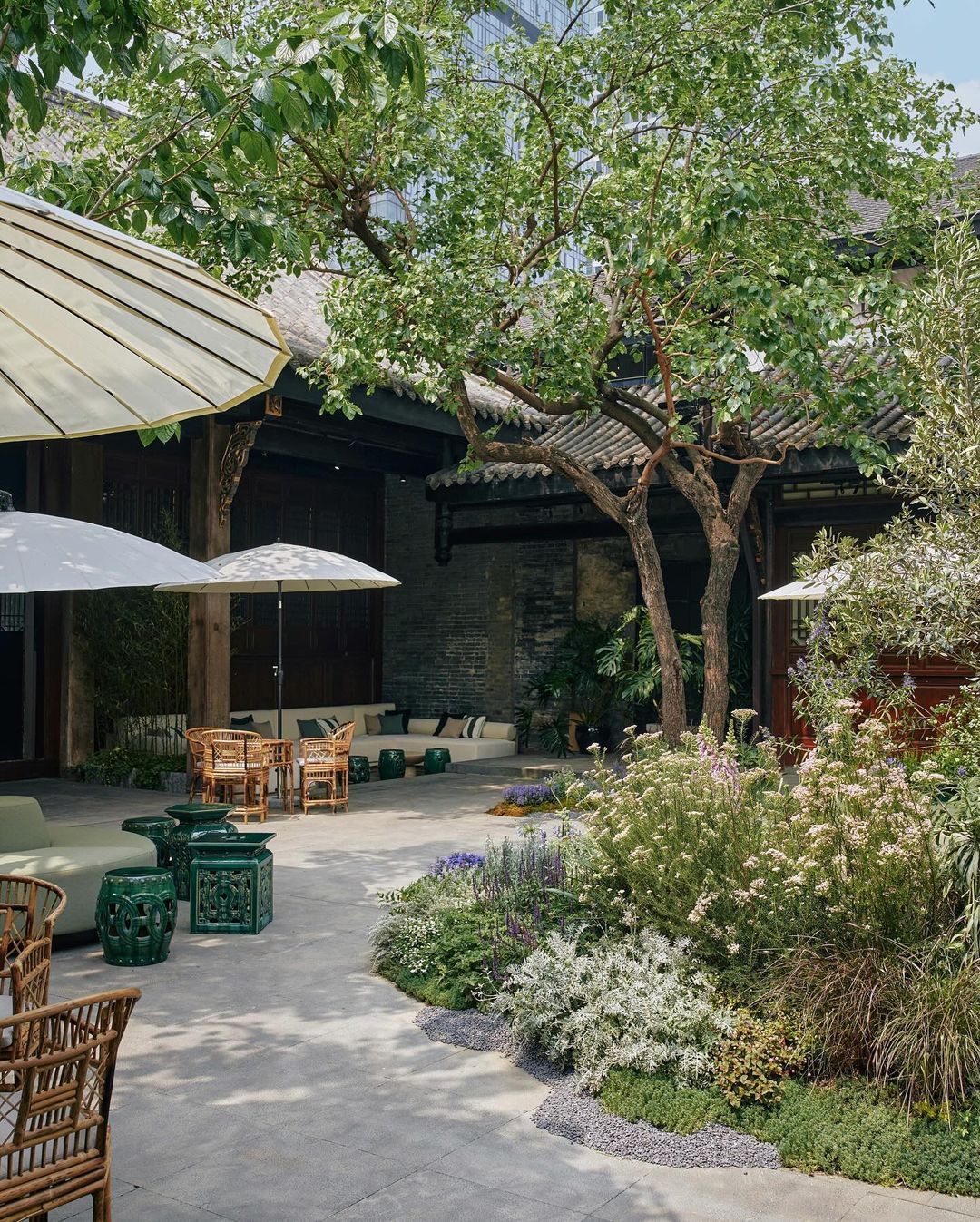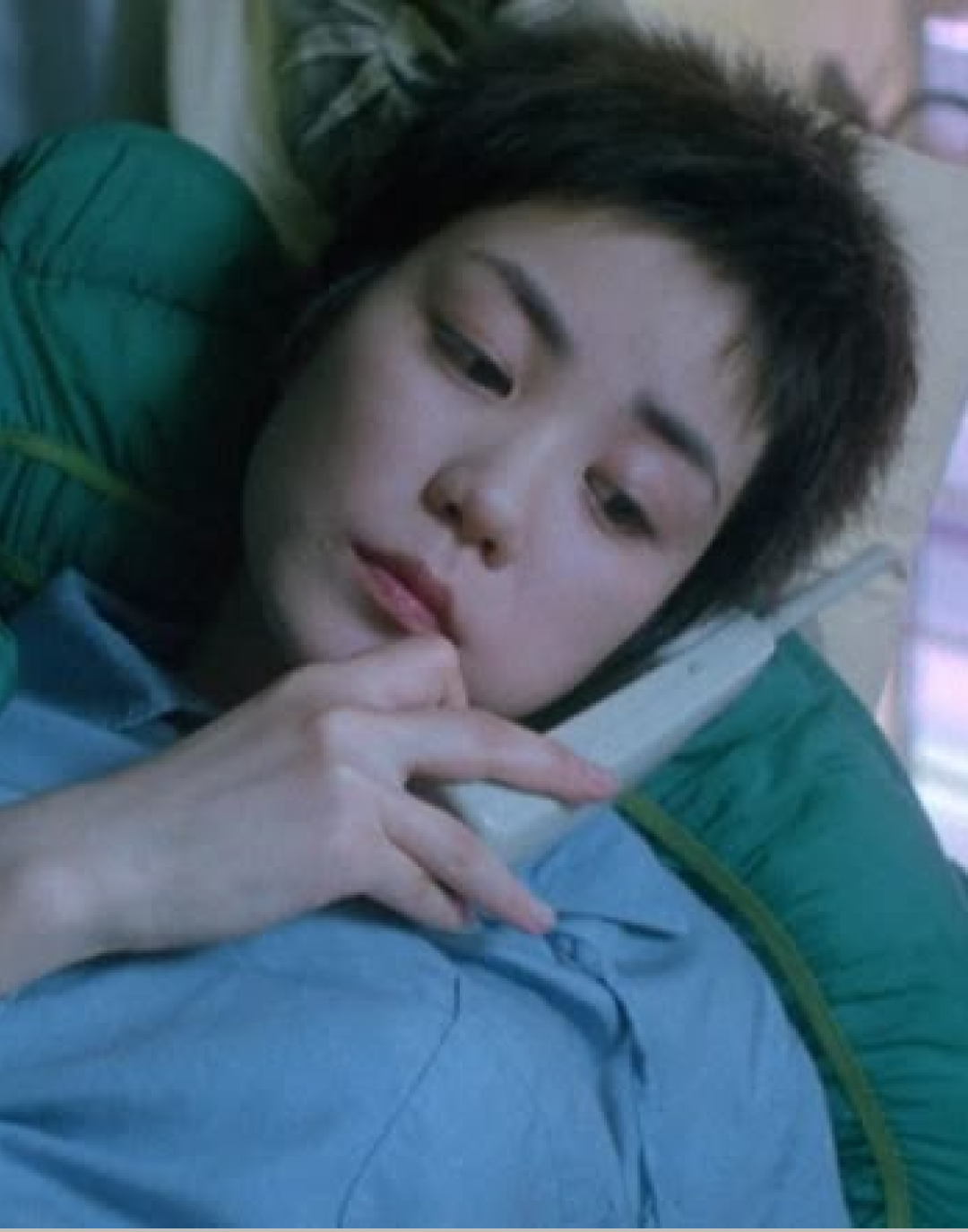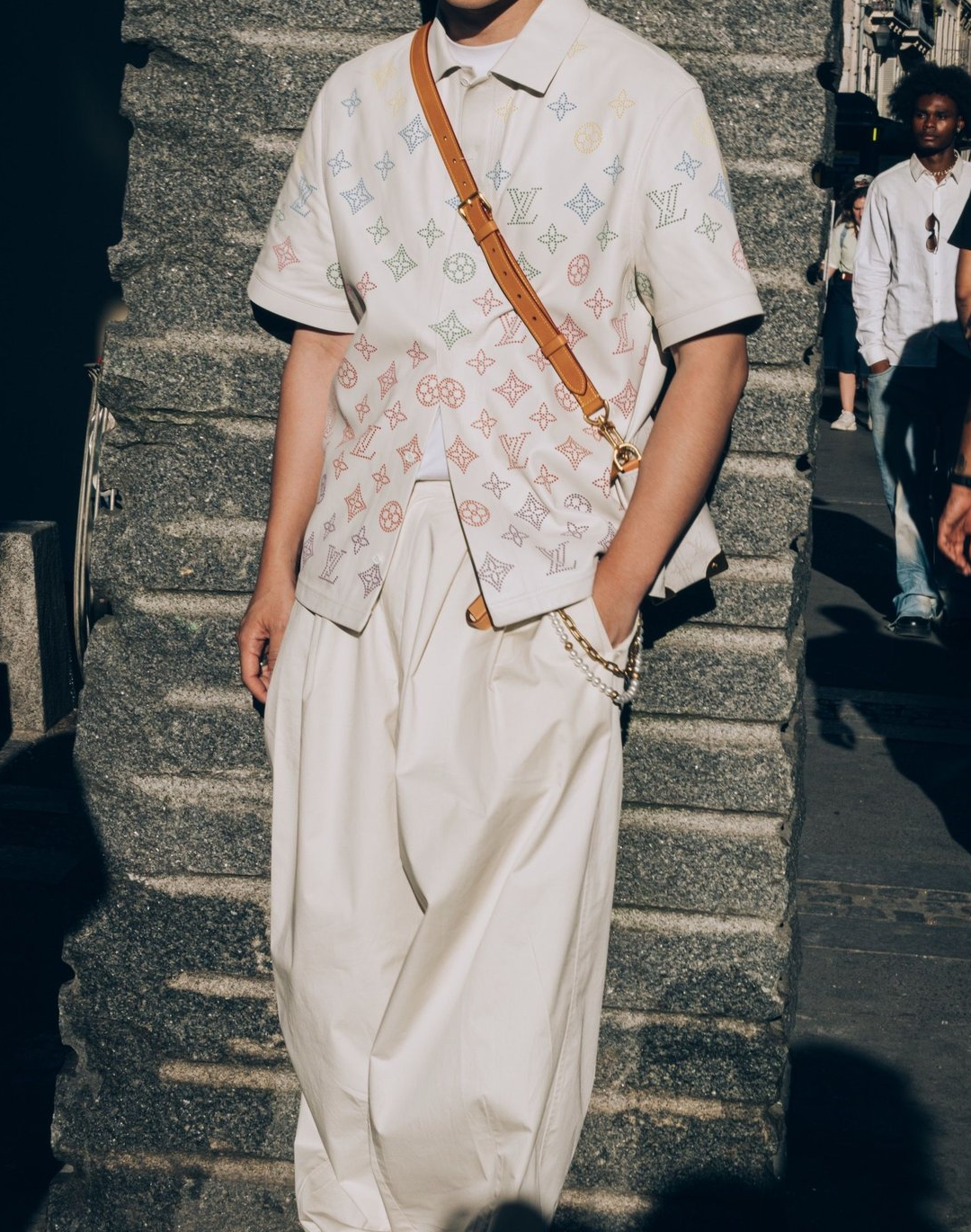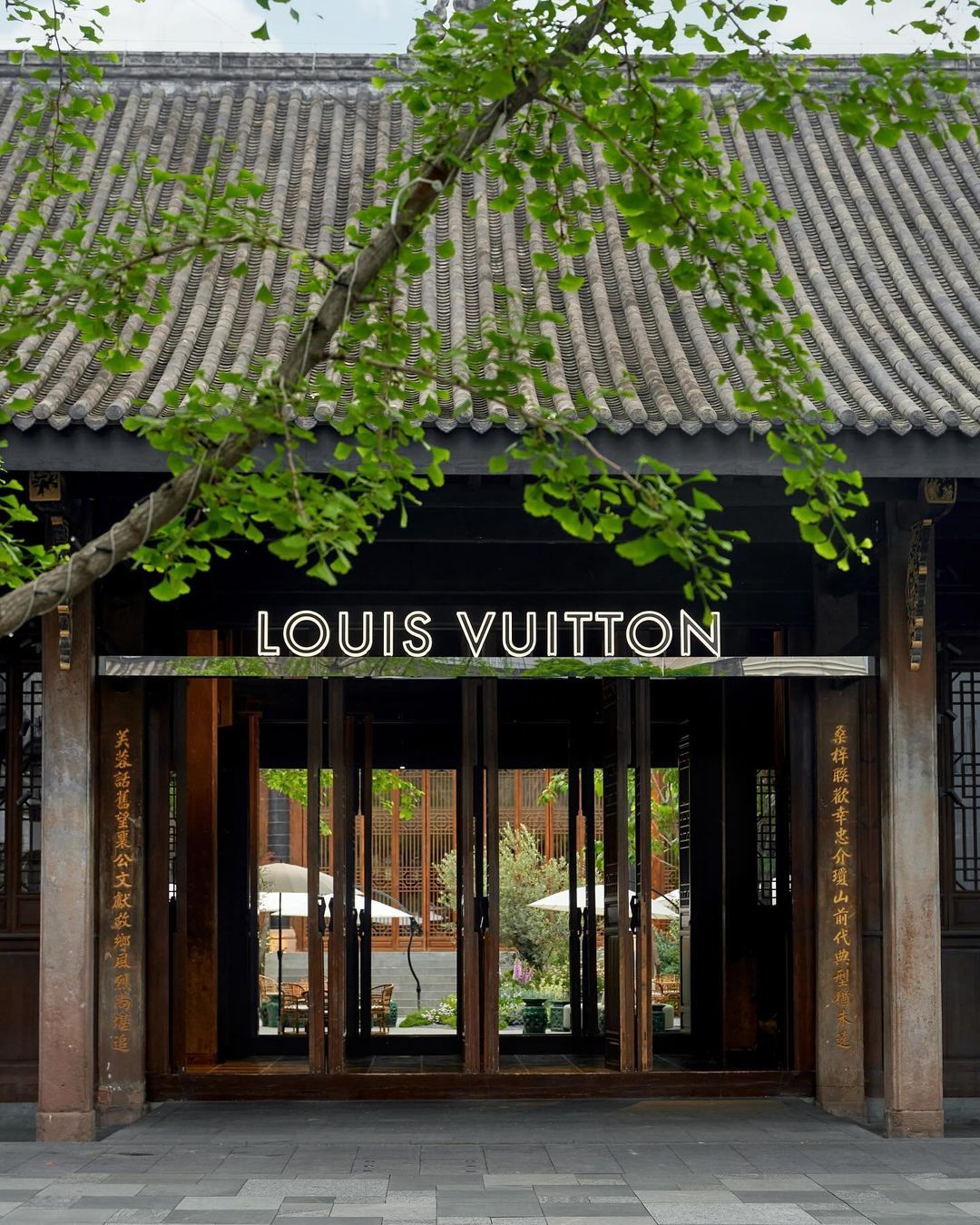
Louis Vuitton's restaurant wins a Michelin Star in Chengdu Two years after its opening, The Hall makes a splashing entrance in star-rated gastronomy
Chengdu, once known only for its Sichuan dishes, is now rising to the top of the global culinary scene. With its unique flavors and blend of tradition and innovation, this city in central China is increasingly attracting culinary talents from around the world. This year, during the fourth MICHELIN Guide selection in Chengdu, one announcement did not go unnoticed: The Hall, the very first Louis Vuitton restaurant in China, has earned its first star. But what does Louis Vuitton’s entry into the world of Michelin-starred gastronomy really mean, especially in a city as culturally rich as Chengdu and in a country so culturally distant from its French origins?
When thinking of Louis Vuitton, gastronomy is not the first field that comes to mind. Yet, the iconic fashion house has taken a new step by opening The Hall, its very first restaurant in China. Located in Chengdu, this is not just a marketing stunt, but a genuine foray into haute cuisine, where each dish competes in sophistication. Why Chengdu? Choosing a city known for its local spice and its street food, both surprising and chaotic, seems like a bold move for a French luxury brand. But for Louis Vuitton, it was probably an opportunity to prove that haute gastronomy has no borders and that its flavors can be as luxurious as the finest materials. Its restaurant stands out by offering contemporary European cuisine infused with Sichuan local touches, creating a fusion of cultures that delights its diners.
Leading this gastronomic venture is Leonardo Zambrino, a promising Italian chef (who received the prestigious MICHELIN Young Chef Award at the same ceremony), whose impressive and eclectic career showcases his talent for balancing tradition and modernity. Zambrino is no stranger to the world of haute cuisine: he honed his craft in some of the world’s top restaurants, including the three MICHELIN Stars Da Vittorio in Italy, L’Orangerie in Paris, and Caprice in Hong Kong. What sets him apart is his ability to innovate while respecting local ingredients. He has captured the essence of Sichuan cuisine while adding a European touch, never falling into excess or overstatement. Each dish he offers at The Hall reflects a mastery of textures, temperatures, and flavors that is uniquely his own, a subtle blend of East and West.
Receiving a MICHELIN Star is no small feat, especially for a brand not initially known for gastronomy. For Louis Vuitton, this marks a new chapter in its exploration of the art of living. It’s not the first time luxury brands have ventured into the world of gastronomy. But this example shows that Louis Vuitton is not doing things halfway: the restaurant is not an accessory, but a player in the culinary scene. This star confirms the excellence of this strategy and paves the way for other unexpected collaborations between the world of luxury and haute cuisine.










































